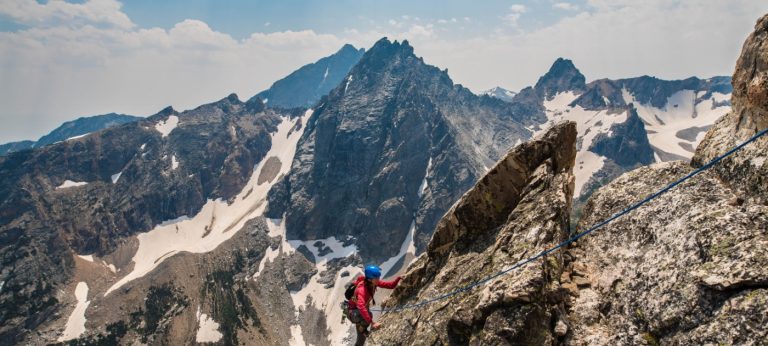How to Prepare for a Mountain Climbing Adventure
Mountain climbing requires careful preparation and training to ensure safety, success, and enjoyment. Whether you’re planning to summit a challenging peak or embark on a technical climb, follow these essential steps to prepare for your mountain climbing adventure:
1. Research Your Route and Conditions
Before embarking on any mountain climb, thoroughly research your chosen route, including its difficulty level, altitude, weather conditions, and potential hazards. Familiarize yourself with the terrain, elevation gain, and any necessary permits or regulations.
2. Assess Your Fitness Level
Evaluate your current fitness level and tailor your training regimen to prepare for the physical demands of mountain climbing. Focus on cardiovascular endurance, strength training (especially for legs and core), and flexibility. Incorporate activities like hiking, running, cycling, and stair climbing into your routine.
3. Acclimate to Altitude
If your climb involves high-altitude conditions, plan to acclimate gradually to reduce the risk of altitude sickness. Consider arriving at the base of the mountain several days in advance to adjust to higher elevations. Practice ascending and descending at different altitudes during training hikes.
4. Gear Up
Invest in high-quality mountain climbing gear and equipment suitable for your specific climb. Essential gear includes climbing harness, helmet, ropes, carabiners, crampons, ice axe, and appropriate clothing layers for varying weather conditions. Ensure all equipment is in good condition and properly fitted.
5. Train in Similar Conditions
Simulate climbing conditions during training sessions whenever possible. Practice using technical gear and techniques such as rope handling, belaying, and ice climbing (if applicable). Build confidence and familiarity with your equipment to handle challenges on the mountain.
6. Practice Navigation and Survival Skills
Develop navigation skills using maps, GPS devices, and compasses. Familiarize yourself with route finding, identifying landmarks, and understanding potential hazards. Learn basic survival skills such as building shelters, purifying water, and administering first aid.
7. Prepare Mentally
Mountain climbing requires mental resilience and determination. Visualize success, practice positive self-talk, and develop strategies to manage stress and discomfort during challenging moments. Stay focused on your goals while remaining adaptable to changing conditions.
8. Plan Your Logistics
Plan logistics such as transportation, accommodation, meals, and emergency contacts well in advance. Coordinate with local guides or climbing organizations for support, route recommendations, and safety protocols. Notify trusted individuals of your itinerary and expected return date.
9. Monitor Weather Conditions
Stay informed about current and forecasted weather conditions for your climbing window. Prepare for potential weather changes and adapt your climb strategy accordingly. Postpone or adjust plans if weather conditions pose safety risks.
10. Respect the Environment and Local Culture
Practice Leave No Trace principles to minimize your environmental impact during the climb. Respect local customs, traditions, and wildlife habitats. Contribute positively to local communities and support sustainable tourism practices.
Ready to Climb?
By following these preparation steps, you’ll enhance your readiness and enjoyment for a mountain climbing adventure. Whether you’re summiting a renowned peak or exploring lesser-known routes, thorough preparation ensures a safe and memorable experience amidst the majestic landscapes of the mountains.



